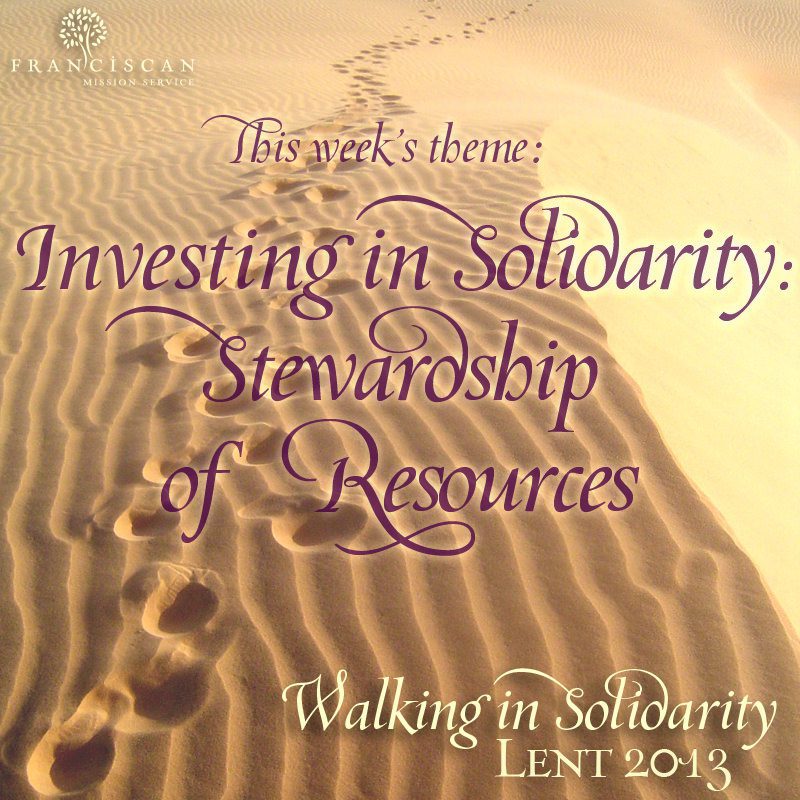Stewardship of Resources: Recycling Old Clothes

This week of Lent we continue Walking in Solidarity, and this time towards a green, sustainable future! Explore these tips on recycling old clothes and share with friends and family to make a bigger impact.
Spring cleaning is upon us, and this may be the year you decide to tackle your closet. What to do with all those clothes you never wear because of stains, wear and tear, fading fashions, or any number of other reasons? This Lent is the perfect time to take another step toward protecting our environment, and yes, even your old clothes can help.
Many people take clothes that are in decent condition to consignment shops, second hand stores, or charities like Goodwill. But many are also at a loss for what to do with clothes that are no longer in wearable condition.
According to Earth911.com, Americans throw away an average of 68 pounds of clothing a year, or about 9 million tons a year all together, according to the LA Times. This discarded clothing not only composed of valuable resources, but also needed a significant amount of energy (which uses valuable resources as well) to be created.
Seems a shame to waste all that, right? Especially when you stop to think about how many years it will take most clothing to disintegrate in a landfill, not to mention the potentially dangerous chemicals that could pollute the soil.
This is where clothing recycling comes in.
Many people think that if their clothes are in bad shape, they can’t take them to resale shops. What they don’t realize is that when charities like Goodwill and the Salvation Army receive clothing that it not in good enough shape for resale, they often sell the clothing to textile recyclers.
According to TheGoodHuman.com, these “rag sorters” then send wearable clothing overseas to developing countries and turn unusable clothes into things such as rags, sound-deadening materials, blankets, archival-quality paper, insulation, and even rubberized playgrounds.
An extra form of income is created for the charities (as well as the potential for more jobs), and all those clothes are saved from the landfill. In addition, according to CharterRecycling.com, most textile recycling companies are family-owned, and the industry employs around 17,000 people.
The easiest way to recycle clothes, no matter the condition, may be to take them to charities like Goodwill and the Salvation Army. In addition, some cities have other clothing recycling drop-off points. To find a clothing recycling location near you, check out http://search.earth911.com/. You can enter your zip code and what you’re trying to recycle and get a list of all recycling locations near you.
For more information, see:
The Good Human: Recycling Worn Out Clothing
Earth911: Tips For Recycling Clothes
Los Angeles Times: Yes, Even Clothes Can Be Recycled
Charter Recycling: Recycling By The Numbers
Tagged in:



